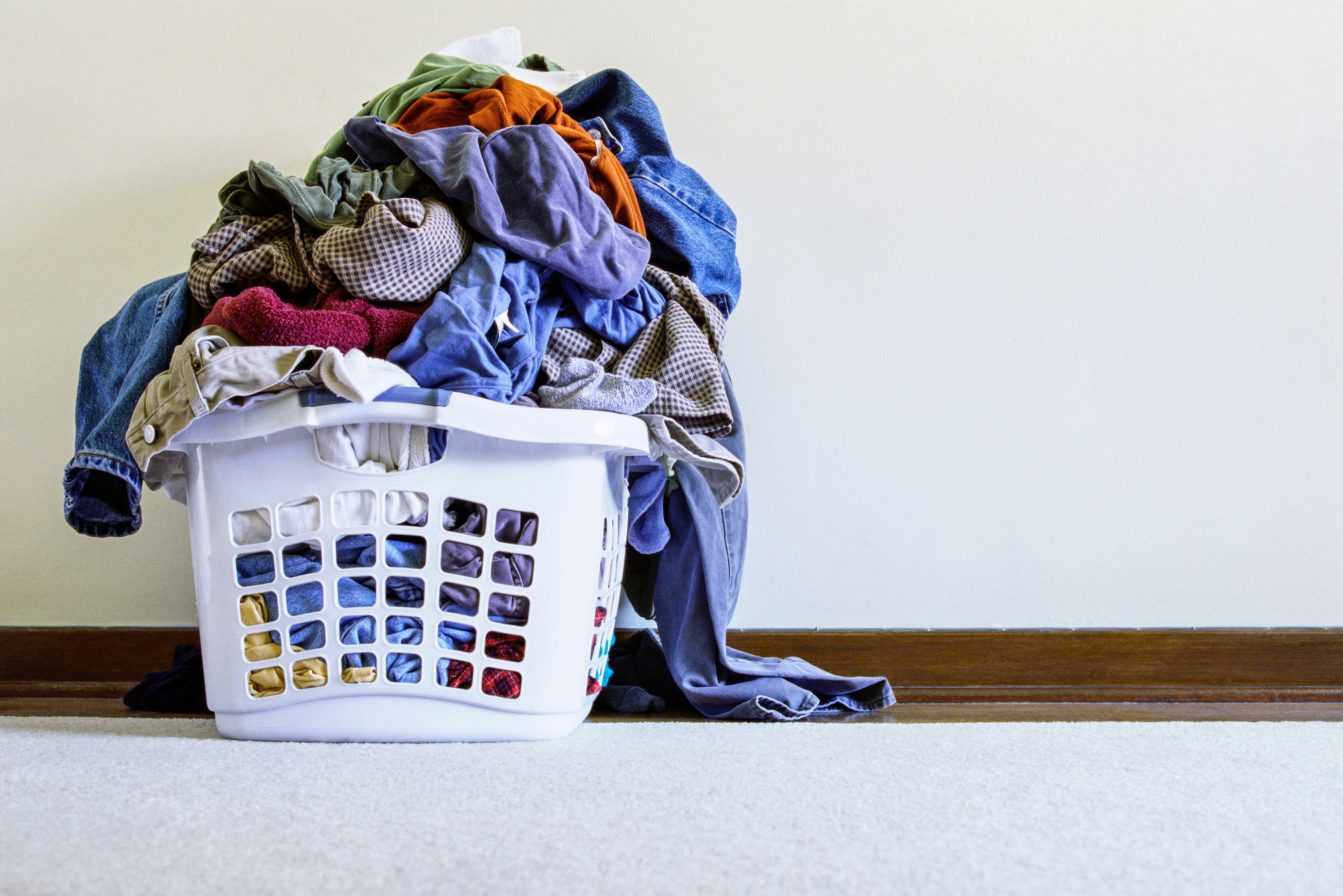The best ways to dry laundry without a tumble dryer
Experts share the cheapest and most efficient ways to dry clothes

Your support helps us to tell the story
From reproductive rights to climate change to Big Tech, The Independent is on the ground when the story is developing. Whether it's investigating the financials of Elon Musk's pro-Trump PAC or producing our latest documentary, 'The A Word', which shines a light on the American women fighting for reproductive rights, we know how important it is to parse out the facts from the messaging.
At such a critical moment in US history, we need reporters on the ground. Your donation allows us to keep sending journalists to speak to both sides of the story.
The Independent is trusted by Americans across the entire political spectrum. And unlike many other quality news outlets, we choose not to lock Americans out of our reporting and analysis with paywalls. We believe quality journalism should be available to everyone, paid for by those who can afford it.
Your support makes all the difference.When you’ve got a full load of wet washing to dry, the dull and damp British winter weather can cause a real headache.
Many homeowners resort to using “energy thirsty” tumble dryers which can cost around £170 a year to run, depending on the model, load size and price of energy, the Energy Saving Trust says.
Cleaning expert Sarah Dempsey says it is a cost that can easily be reduced.
“Skip the dryer and embrace the natural drying power of the sun and air to save money on your energy bills, while also extending the life of your clothes,” she advises.
“Air drying is a sustainable and cost-effective alternative to using a dryer – it saves money on energy bills, extends the lifespan of clothes by avoiding the harsh heat and tumbling action, and freshens clothes with natural scent.”
Here are tips for the best ways to dry clothes without using an energy-gobbling tumble dryer:
1. Dry outdoors

Drying your clothes on the washing line outdoors is the fastest and most effective way of drying your clothes, says Dempsey, although she concedes: “This method may not always be an option, especially during the winter months.”
While heat can, of course, help with drying, and sunlight is the most effective way to evaporate moisture from your clothes, she says good airflow is equally important. “High humidity can slow drying times, so your clothes may dry faster on a cold, dry day than on a hot, humid day. Wind can help to further speed up drying times, and help remove wrinkles.”
Retractable clothes lines are a good option as they can be pulled back when not in use, she suggests.
And Mountford adds: “If you have outdoor space to dry your clothes then as soon as the rain stops, make the most of it and hang that laundry out to dry as soon as possible. A gentle breeze is what will effectively dry your clothes, so don’t be put off drying outdoors even if it might not be bright, sunny weather.”
2. Use a heated airer

Both experts say heated airers are one of the best and cheapest ways to dry clothes indoors, costing from around £40 for a small version.
Mountford says: “Last year I finally decided to invest in a heated airer and it has honestly transformed my laundry routine – I don’t know why I didn’t get one sooner! It costs pence to run and dries clothes in a few hours, making it both practical and economical without taking up lots of space.
“This is a much more effective way to dry clothes than hanging them on the radiators to dry, which prevents them from heating your rooms properly.”
And Dempsey agrees: “During the winter especially, a heated clothes airer is the most efficient option. But make sure to space the clothes at least an inch apart and turn them occasionally for even drying – this will give you the best results.”
3. Try a wall-mounted drying rack
These use no energy at all as clothes are dried by the ambient warmth in your home, and they can cost as little as £13.99 for a small rack. Dempsey points out that they can help you save floor space, and fold away for easy storage.
4. Use faster drying hacks
There are little tricks you can use to help speed up laundry drying, including extracting excess water with an extra spin cycle at the end of the wash. “It’s worth adding an additional spin cycle to remove as much moisture from the laundry as possible before drying,” advises Mountford.
As well as adding an extra spin cycle, Dempsey suggests shaking clothes well after removing them from the washing machine for better aeration, putting delicate items on hangers to allow more clothes to dry at once and prevent wrinkles, and hanging laundry immediately after washing to prevent odours and mould growth.
5. Use a radiator rack instead of direct radiator drying
Drying clothes on a radiator can increase the humidity and can then lead to dampness and mould growth, which could result in health problems for all the family, warns Dempsey.
“Radiator drying can significantly increase your energy bills,” she says. “But if you must use a radiator to dry your clothes, use a radiator drying rack with a dehumidifier to help control the moisture levels.”
6. Add a dehumidifier
It’s a good idea to position your wet clothes near an open window or in an otherwise well-ventilated area, and use a dehumidifier to remove any excess moisture from the air, says Dempsey. “This is especially important during winter when it may not be possible to have the windows open for long periods,” she says.
“Place your dehumidifier close to your clothes airer, and this will help dry the clothes more quickly.”